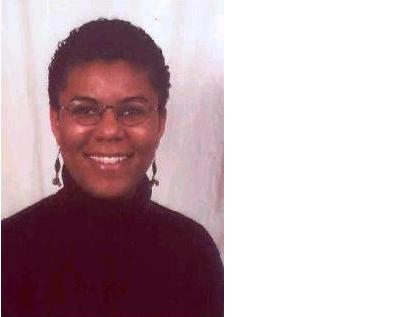
Northern California sistah quilter and Arkansas native Rosie Lee Tompkins passed away last week.
I first became familiar with Tompkins' quilts from Eli Leon's catalog, Who'd a Thought It: Improvisation in African-American Quiltmaking: December 31, 1987 to February 28, 1988. Tompkins stitched incredibly colorful free-form, strip and string quilts. Her works were exhibited in solo shows at Anthony Meier Fine Arts, San Francisco, CA (2003), Peter Blum, New York, NY (2002), the Berkeley Art Museum (1997) and numerous group exhibitions. (Photo: Three Sixes, 1986)
Tompkins, a pseudonym, wished to remain anonymous. Whatever her real name, I'm glad her quilts were shared with us.








